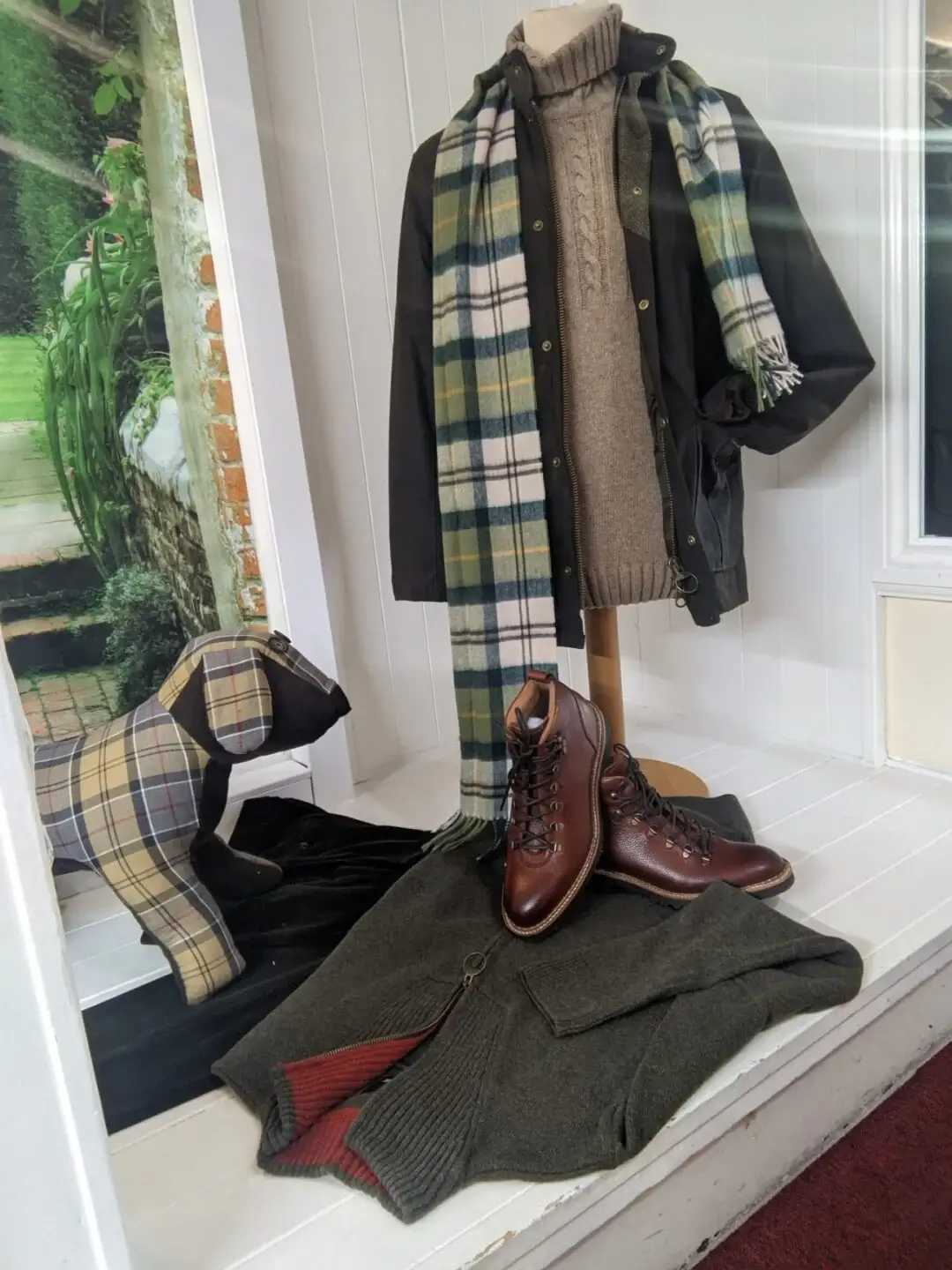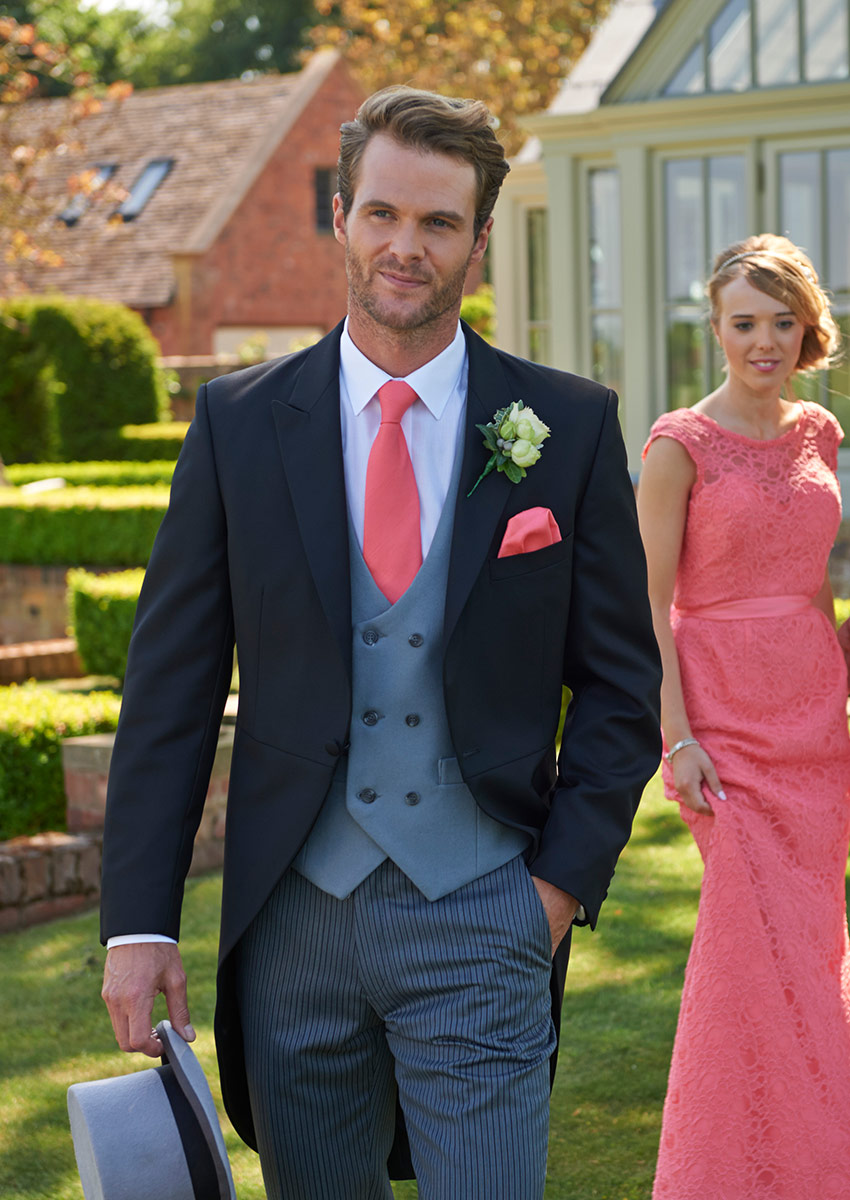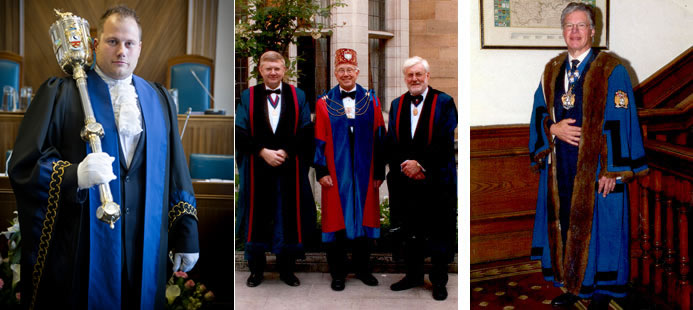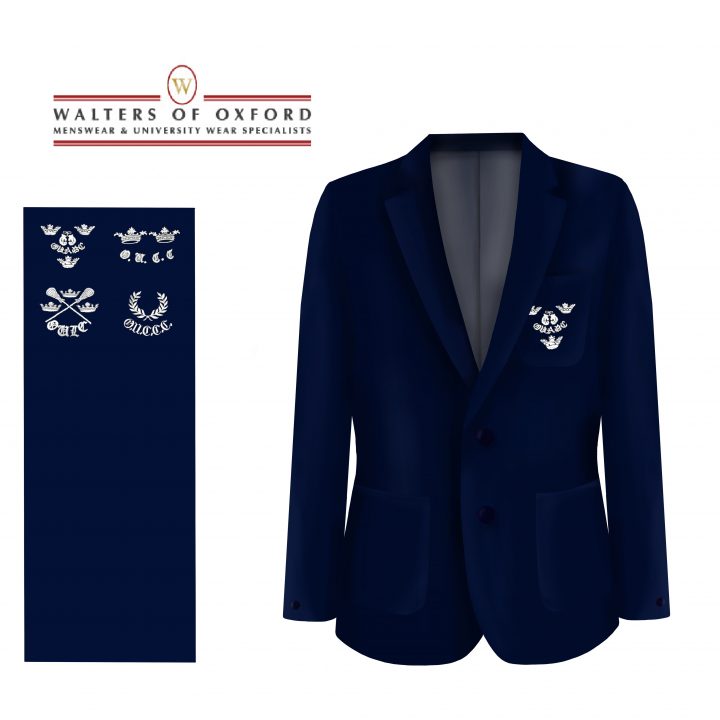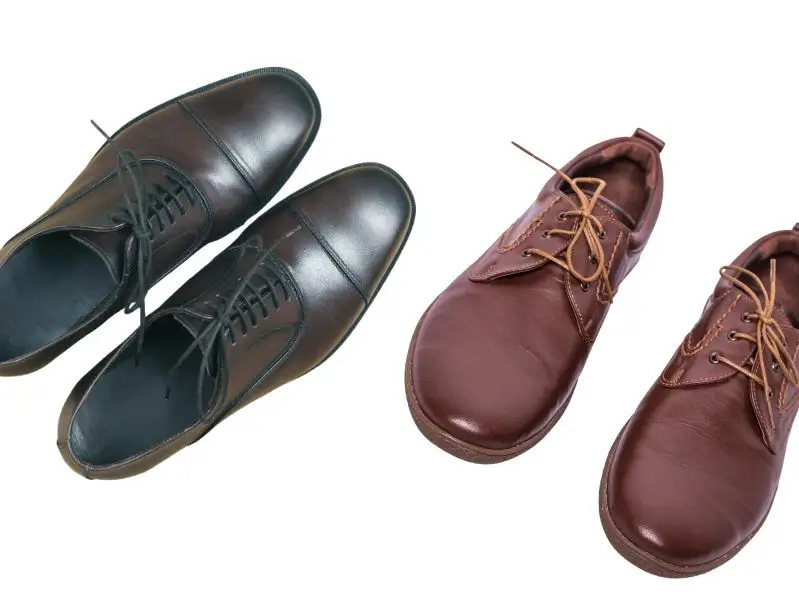Purchasing new shoes can be a bit of a challenge if you are unfamiliar with the nuances of formal footwear. Indeed to the untrained eye, an Oxford and Derby shoe may appear the same. However, there are some key differences which will affect your decision when you acquire your new footwear. We have put together a handy guide for you to determine which shoe is most appropriate for you.
Brief history
Students at the University of Oxford were pioneers for the well-known ‘Oxford’ shoe. Back in the 1800s they became the ‘in vogue’ shoe, after a rebellion against the uncomfortable and restrictive leather boot that men wore at the time.
Students wanted more mobility, flexibility, and breathability; essentially, the Oxford shoe was the boot with the top half decapitated, allowing freer movement around the lower half of the leg and ankle! Over time, pretty much all students would exclusively wear the smart leather shoe, resulting in the well-known term – ‘Oxford’ shoe. It maintains its popularity to this day!
The Derby shoe has various stories attributed to its conception, but generally, it is believed to have been designed simultaneously to the Oxford shoe, as a less formal and more manoeuvrable shoe, especially for those with larger feet.
What are the key differences between the Oxford and Derby shoe?
It is a common misconception that an Oxford shoe is determined by a line across the toe cap of the shoe, but the actual difference between the two styles of shoe is the construction of the lacing system.
The Oxford shoe has a closed-lacing system which allows the shoe to sit snugly over the top of the foot. A Derby shoe has an open-lacing system which allows more space for the foot – ideal shoes for those with a high instep. This lacing system allows room for thicker socks if worn for a casual walk or day out, etc.
The Oxford closed-lacing system is stitched in line with the upper of the shoe resulting in a small V-shape at the top when closed. The open-lacing system on the Derby shoe is designed with two leather flaps that sit above the upper, creating more space in the instep for the wearer.
The Oxford shoe tends to be chiselled with a more pointed toe, resulting in optimum elegance. The Derby features a more rounded toe, creating a less formal appearance – more of a laid-back approach.
When should you wear an Oxford or a Derby shoe?
The style of the Oxford is traditionally synonymous with formalwear or office wear, due to the sleek and elegant appearance of the shoe. They are perfect for projecting professionalism in a business meeting or wearing to a loved one’s big day! The Oxford shoe can be purchased with a capped toe for the most formal outfit, but if attending a more casual event, then it can be swapped out with a lovely brogue style pattern on the toe – a great accompaniment to chinos or jeans.
In comparison, the Derby shoe can also be worn formally for comfort, especially if you find the Oxford style more restrictive. The lacing system on the Derby shoe makes it a popular choice for anyone with a higher instep (which is more common than you think!).
Ultimately though, the Derby shoe has become the go-to for smart-casual or casual wear. The versatility of the Derby makes it an extremely popular choice for a plethora of occasions, from a relaxed business meeting to a dinner date, a casual wedding outfit, or as part of a chic country outfit worn for a weekend walk!
If in doubt, the general consensus would be: Oxford = formal; Derby = smart casual. Please do not hesitate to contact us directly for any further advice on which shoe is for you or browse our full range in store.


